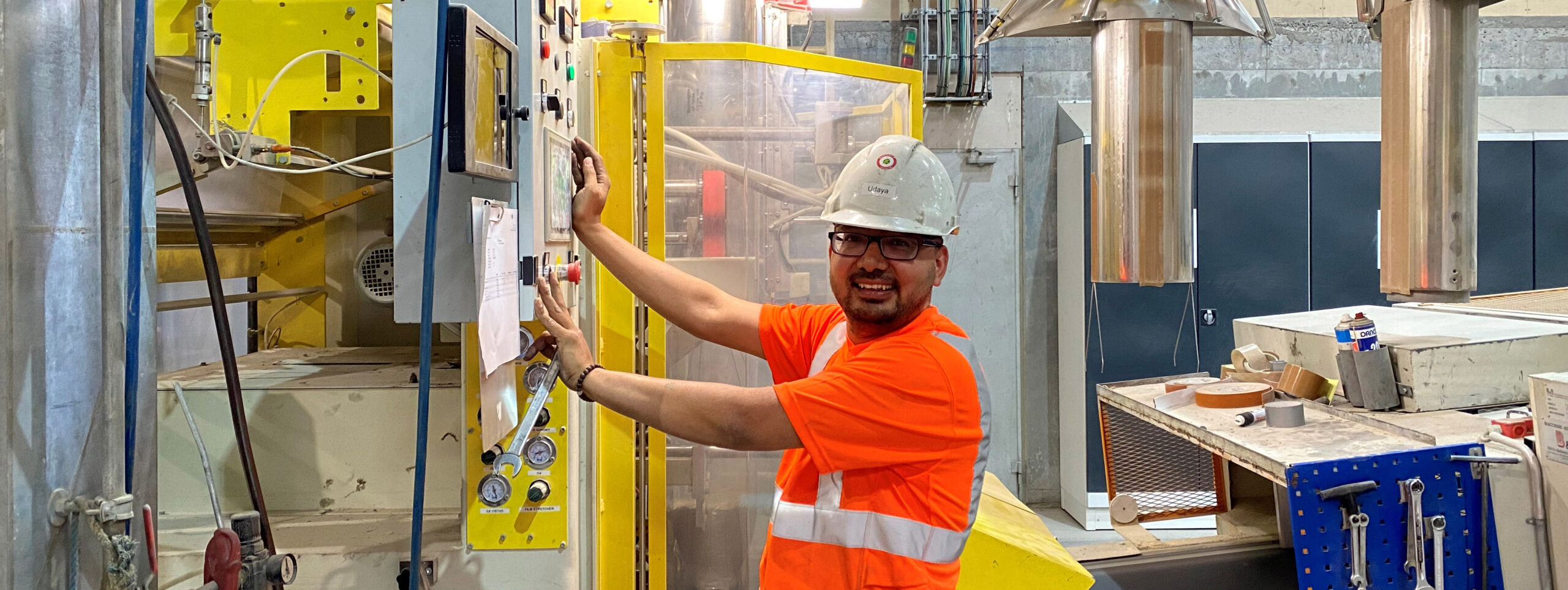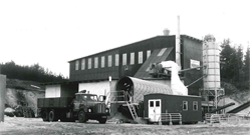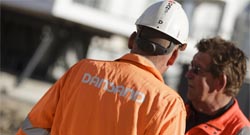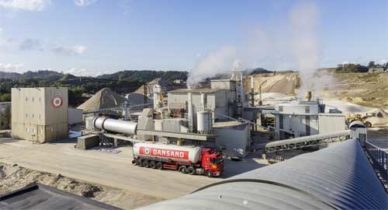Holbæk Sports City
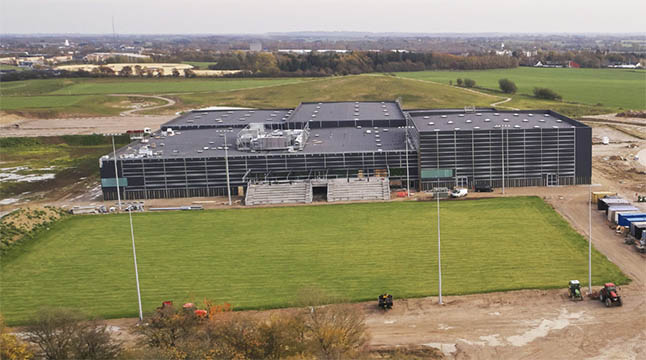
Holbæk Sports City
Artificial turf pitches are cropping up all over Denmark. There are many good reasons for this: The pitches are more durable than traditional natural grass pitches, they ensure increased player comfort and extend the outdoor season.
See how Holbæk Sports City established a simple filter system based on Blueguard while living up to strict emission requirements.
Artificial turf pitches can harm the environment
But artificial turf pitches also pose an environmental risk. Most of the plants found in Denmark are built on a granulate of recycled rubber. This rubber comes from used car tires and may contain zinc and other heavy metals that can be washed from the field by rainwater and transported to lakes and streams or seep into the groundwater.
Management of rainwater on own land
For Holbæk Sports City, this environmental risk was a challenge. Holbæk’s newly established sports facility and gathering place for the city’s citizens had to handle its rainwater on its own land.
In other words, Holbæk Sports City had to discharge its rainwater to a nearby river instead of directing it into the sewer system and on to treatment plants.
Stricter emission requirements
But the rainwater from the 21,000 m2 of artificial turf pitches was problematic. The elevated heavy metal concentrations from the rubber granules could damage the plant and animal life in the river, and consequently the authorities had set stricter requirements for the quality of the water before it was discharged.
A solution based on Dansand® Blueguard
Holbæk Sports City had a desire to solve the problem with a simple filter solution requiring minimal maintenance. The solution was a filter system based on Dansand® Blueguard. Blueguard is a natural filter material that absorbs large amounts of heavy metals without releasing them again. The combination of these properties makes it possible to establish reliable filter systems with a long service life and low maintenance costs, while at the same time complying with the authorities’ environmental requirements.

